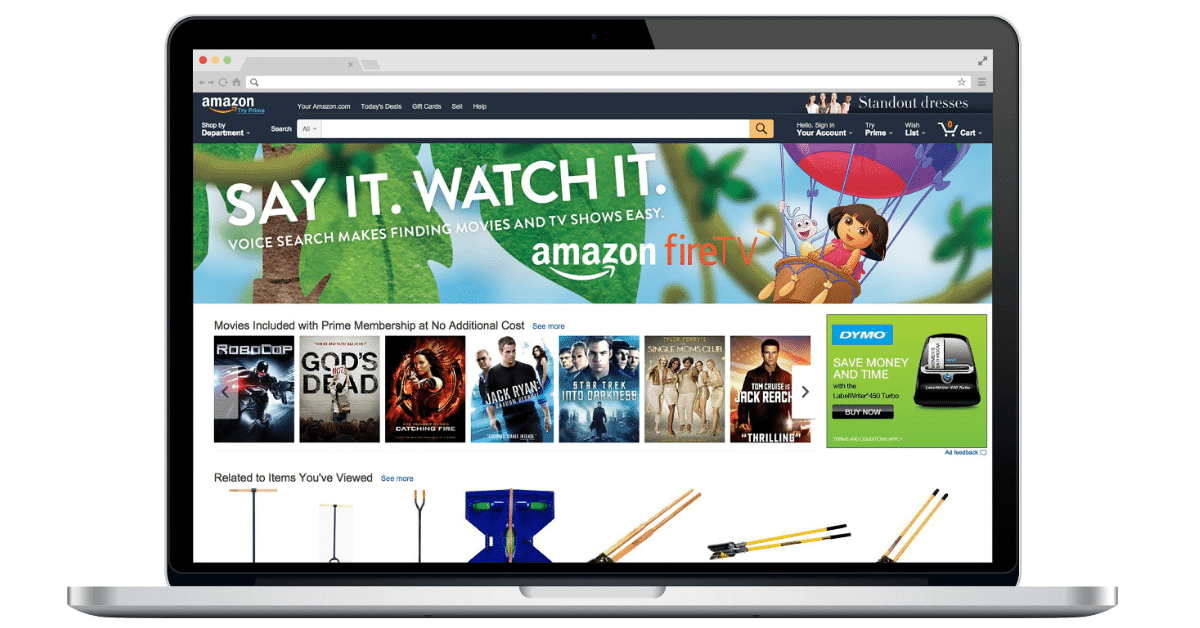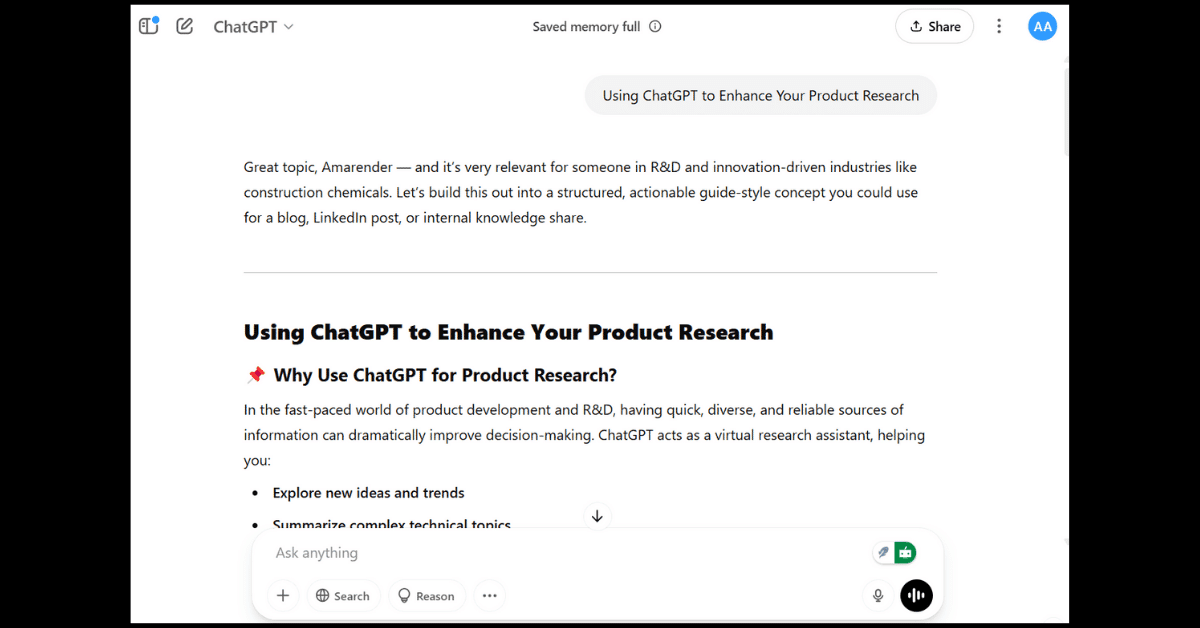How to Research Amazon Products?
Amazon leads this digital revolution, which changes the internet economy daily. However, with millions of options at your fingertips, choosing one might be difficult. Let’s discuss the top 10 points to consider before buying Amazon merchandise. How to Research Products on Amazon-We’ll also show you how ChatGPT can simplify your research, making it easy to compare items, assess consumer comments, and make an informed decision.
This tutorial will teach you how to navigate Amazon’s massive product catalog, whether you’re a techie, home decorator, or kitchen gadget upgrader.
1. Product Details and Features
Check the parameters before adding an item to your basket. This requires evaluating technical details like
Size: Ensure it fits the area.
Learn about material quality.
Features: Know the product’s capabilities. When buying a smart appliance, look for connection and automation.
Variations and Upgrades: Many goods vary in color, size, and capacity. Additionally, updated models may include more features.
Understanding product specifications may minimize disappointments and guarantee the thing you buy fulfills your needs.

2. Price/Cost Comparison-How to Research Products on Amazon
Understanding value for money is crucial to online buying. What to do:
Cost: Compare the product’s price to similar things. A little price difference might indicate a large quality or feature difference.
Reductions and Deals: Amazon regularly has specials, lightning deals, or coupon reductions that lower prices.
Shipping Fees: Some goods look attractively priced, but shipping expenses quickly mount up.
Assess Subscription Benefits: Amazon Prime members may receive free delivery or discounts, which may affect their purchase.
Analyzing cost from numerous viewpoints helps you choose the best value, not simply the cheapest.
3. Feedback from Customers
What better way to evaluate product performance than by hearing from other buyers? Ratings and evaluations from customers reveal product dependability and performance. For review analysis:
Find Common Themes: Look for repeated praise or criticism. This indicator can show whether concerns are common.
Recent reviews represent the newest production batches and upgrades, so prioritize them.
Find the “Most Helpful” Reviews: Other customers have evaluated these reviews for completeness, offering you unbiased opinions.
Consider overall ratings: great ratings indicate great satisfaction, but read the specific evaluations for context.
Customer reviews can help you assess benefits and negatives and determine if the product delivers.
4. Product Benefits and Performance-How to Research Products on Amazon
Understanding a product goes beyond specs. Consider a product’s real-world performance.
Consider the product’s durability if you plan to use it frequently.
For appliances and devices, energy efficiency can save long-term expenditures.
Determine if the product is simple to use or requires training.
Reliability: Assess product performance over time.
Reviews generally describe the product’s performance in real life. A blender’s power specs may look good, but user reports may show it struggles with harder ingredients.
This aspect ensures that a product you acquire won’t fail you in daily use.
5. Applications & Usages-How to Research Products on Amazon
Not all products are the same. Matching products to their uses is crucial.
Use Cases: Make sure the product fits your needs. A culinary gadget may work fine at home, but professionals may need stronger gear.
Versatility: Check electronics for compatibility with various devices and systems.
Functional needs: Sustainability-focused people may require energy-efficient appliances. In such circumstances, ensure the product meets these priorities.
Understanding the many use cases helps you choose a popular and lifestyle-friendly product.
6. Shipping and availability
Practical factors like availability and delivery terms might impact your buying decision.
Stock Levels: Check for product shortages.
Do you need the goods by a specific time? Please review the estimated delivery times.
delivery Costs and limitations: Check for additional fees or regional restrictions besides free delivery.
International Shipping: Make sure your order can be transported to your country easily.
An otherwise wonderful product might disappoint if it’s inaccessible when you need it.
7. Seller Reputation and Service-How to Research Products on Amazon
Another important factor is the seller’s reputation and service:
Seller Ratings: Check seller ratings and reviews. High ratings frequently indicate trustworthy service.
Consider how quickly the vendor replies to queries or complaints.
Return Policies: A flexible and simple return policy can protect you if the product doesn’t fulfill your expectations.
Products supplied by trusted merchants or delivered directly by Amazon (FBA) frequently have better customer assistance and quality assurance.
Knowing the seller’s history can prevent issues and provide support.
8. Warranty, Returns, and Support-How to Research Products on Amazon
You want coverage if problems arise after purchasing a product.
Warranty: Verify the product’s warranty. Good warranties may demonstrate the manufacturers’ trust in their products.
Understand product return policies. Are there restocking fees or a hassle-free return window?
After-Sales Service: Assess customer support for product troubleshooting and maintenance.
These elements are essential for peace of mind with pricey or specialized equipment.
9. Future Importance, Upgradeability-How to Research Products on Amazon
Products can easily become old as technology advances.
Long-Term Usability: Assess if the product will remain relevant when new models are produced.
Upgrades: Some products allow component, software, or hardware upgrades.
Tech goods benefit from regular software upgrades, which improve performance and add functionality.
Scalability: Over time, items that can expand or improve become more valuable.
These factors help keep your investment relevant as trends and technologies evolve.
10. Competitive Landscape, Market Trends
Considering the market can help you make the right decision.
Consider how the product compares to its rivals.
Emerging Brands: New brands may provide novel features at low pricing.
Market Trends: Follow product trends. Trends like sustainable production and innovative features can predict market direction.
New Versions: Determine whether a product with superior features will replace it.
Monitoring the competition lets you make educated, rapid decisions.
Using ChatGPT to Enhance Your Product Research

Modern technology may change how you buy items as well as what you buy. ChatGPT facilitates research and is quite flexible. Some ways to use ChatGPT in your strategy:
Finding the appropriate search phrases might reveal hidden treasures or poor results. With ChatGPT:
Example: “Suggest alternative keywords for high-end kitchen blenders on Amazon.”
Expand Your Search: ChatGPT can suggest synonyms and similar phrases. This method broadens your investigation and finds more relevant goods.
Competitor Analysis
Comparing similar items helps you understand the market.
Ask ChatGPT, “How does product X compare to product Y in cost, durability, and user experience?“””
Detailed Evaluations: Compare specs, quality, and performance to find the most important differences.
Review Summary
Selecting from hundreds of reviews is difficult.
Brief Summaries: Paste review snippets into ChatGPT and request a pros and cons summary.
Identify Common Themes: ChatGPT can assist you in identifying recurrent themes so you may focus on the most important real-world topics.
Market Trend Analysis
Expecting the next step means staying ahead.
Informative Projections: Ask ChatGPT, “What upcoming technology or feature improvements should I expect in [product category]”?”
Trend Reports: Consider items that won’t be obsolete in a few months to keep your purchase relevant.
Drafting Questions
Well-defined queries improve product insights.
Enhanced Q&A Sections: ChatGPT can help you create questions for sellers or review sections.
Improved Engagement: “What additional information might other users seek before purchasing product X? Engaging with communities or seeking advice from experienced purchasers may benefit you.
Draft Research Plan Using ChatGPT

Conclusion
Amazon product research requires digging deep into details and making educated selections. You may pick goods that match your needs by carefully reviewing product features, comparing costs, and reading user reviews. Additionally, using a smart AI assistant like ChatGPT can help you create keywords, analyze competitive items, and anticipate market trends.
This tutorial gives you a clear method to traverse Amazon’s vast product catalog. Follow these 10 essential characteristics and use AI to make every purchase deliberate, well-informed, and suited to your requirements, whether you’re a fastidious shopper or an efficiency-focused one.
Take your time with each step and make sure the product you choose fits your lifestyle. Successful research takes time and attention to detail. Happy Amazon research and wiser shopping!
FAQ:
How to research products for Amazon?
To choose a niche, first assess demand using tools such as Jungle Scout, then look at competition, and lastly assess profitability trends.
How do I find a specific product on Amazon?
- To find things fast, start by inputting keywords and then apply filters. Alternatively, you may use ASINs or URLs for direct searches.
What is product research on Amazon?
- To guarantee lucrative selling prospects, it entails selecting items with high demand and little competition by examining sales statistics, reviews, and trends.
What research does Amazon do?
- To enhance user experience and broaden its product selection, Amazon investigates market trends, tries new features, and analyzes consumer behavior.
How do you research a product?
- Goal-setting should come first, followed by competitive analysis, consumer requirements analysis, and demand validation via surveys or keyword tools.



